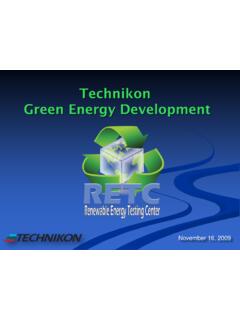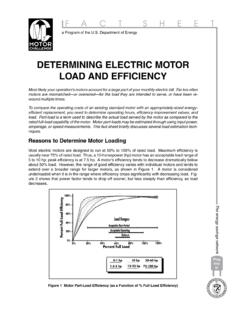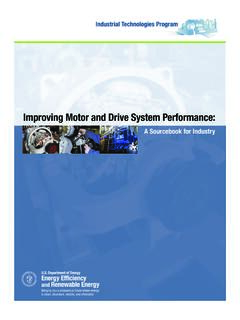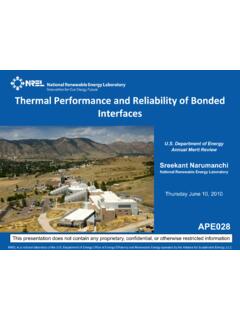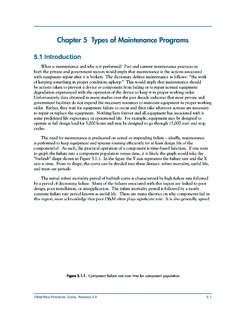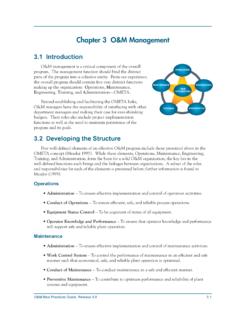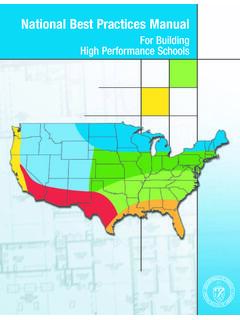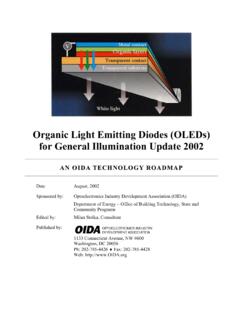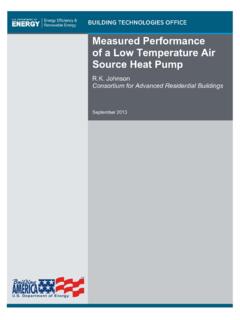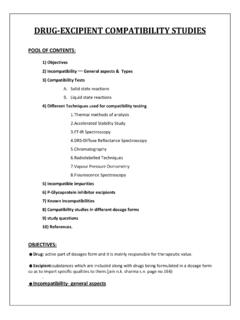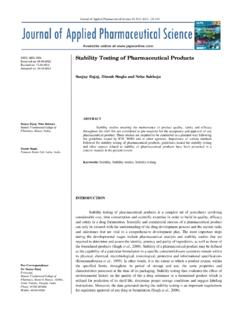Transcription of Distributed Photovoltaic Systems Design and Technology ...
1 SANDIA REPORT SAND2008-0946 P Unlimited Release Printed February 2008 Renewable Systems Interconnection study : Distributed Photovoltaic Systems Design and Technology Requirements Chuck Whitaker, Jeff Newmiller, Michael Ropp, Benn Norris Prepared by Sandia National Laboratories Albuquerque, New Mexico 87185 and Livermore, California 94550 Sandia is a multiprogram laboratory operated by Sandia Corporation, a Lockheed Martin Company, for the United States Department of energy s National Nuclear Security Administration under Contract DE-AC04-94AL85000.
2 Approved for public release; further dissemination unlimited. Issued by Sandia National Laboratories, operated for the United States Department of energy by Sandia Corporation. NOTICE: This report was prepared as an account of work sponsored by an agency of the United States Government. Neither the United States Government, nor any agency thereof, nor any of their employees, nor any of their contractors, subcontractors, or their employees, make any warranty, express or implied, or assume any legal liability or responsibility for the accuracy, completeness, or usefulness of any information, apparatus, product, or process disclosed, or represent that its use would not infringe privately owned rights.
3 Reference herein to any specific commercial product, process, or service by trade name, trademark, manufacturer, or otherwise, does not necessarily constitute or imply its endorsement, recommendation, or favoring by the United States Government, any agency thereof, or any of their contractors or subcontractors. The views and opinions expressed herein do not necessarily state or reflect those of the United States Government, any agency thereof, or any of their contractors.
4 Printed in the United States of America. This report has been reproduced directly from the best available copy. Available to DOE and DOE contractors from Department of energy Office of Scientific and Technical Information Box 62 Oak Ridge, TN 37831 Telephone: (865)576-8401 Facsimile: (865)576-5728 E-Mail: ordering: Available to the public from Department of Commerce National Technical Information Service 5285 Port Royal Rd Springfield, VA 22161 Telephone: (800)553-6847 Facsimile: (703)605-6900 E-Mail: order.
5 #online ii SAND2008-0946 P Unlimited Release Printed February 2008 Renewable Systems Interconnection study : Distributed Photovoltaic Systems Design and Technology Requirements Chuck Whitaker, Jeff Newmiller BEW Engineering Michael Ropp, Northern Plains Power Technologies Ben Norris, Norris Engineering Consulting Sandia Contract 717448 Abstract To facilitate more extensive adoption of renewable Distributed electric generation, the Department of energy launched the Renewable Systems Interconnection (RSI) study during the spring of 2007.
6 The study addressed the technical and analytical challenges that must be addressed to enable high penetration levels of Distributed renewable energy technologies. Interest in PV Systems is increasing and the installation of large PV Systems or large groups of PV Systems that are interactive with the utility grid is accelerating, so the compatibility of higher levels of Distributed generation needs to be ensured and the grid infrastructure protected. The variability and nondispatchability of today s PV Systems affect the stability of the utility grid and the economics of the PV and energy distribution Systems .
7 Integration issues need to be addressed from the Distributed PV system side and from the utility side. Advanced inverter, controller, and interconnection Technology development must produce hardware that allows PV to operate safely with the utility and act as a grid resource that provides benefits to both the grid and the owner. iii ivPreface Now is the time to plan for the integration of significant quantities of Distributed renewable energy into the electricity grid. Concerns about climate change, the adoption of state-level renewable portfolio standards and incentives, and accelerated cost reductions are driving steep growth in renewable energy technologies.
8 The number of Distributed solar Photovoltaic (PV) installations, in particular, is growing rapidly. As Distributed PV and other renewable energy technologies mature, they can provide a significant share of our nation s electricity demand. However, as their market share grows, concerns about potential impacts on the stability and operation of the electricity grid may create barriers to their future expansion. To facilitate more extensive adoption of renewable Distributed electric generation, the Department of energy launched the Renewable Systems Interconnection (RSI) study during the spring of 2007.
9 This study addresses the technical and analytical challenges that must be addressed to enable high penetration levels of Distributed renewable energy technologies. Because integration-related issues at the distribution system are likely to emerge first for PV Technology , the RSI study focuses on this area. A key goal of the RSI study is to identify the research and development needed to build the foundation for a high-penetration renewable energy future while enhancing the operation of the electricity grid.
10 The RSI study consists of 15 reports that address a variety of issues related to Distributed Systems Technology development; advanced distribution Systems integration; system-level tests and demonstrations; technical and market analysis; resource assessment; and codes, standards, and regulatory implementation. The RSI reports are: Renewable Systems Interconnection: Executive Summary Distributed Photovoltaic Systems Design and Technology Requirements Advanced Grid Planning and Operation Utility Models, Analysis, and Simulation Tools Cyber Security Analysis Power System Planning.

